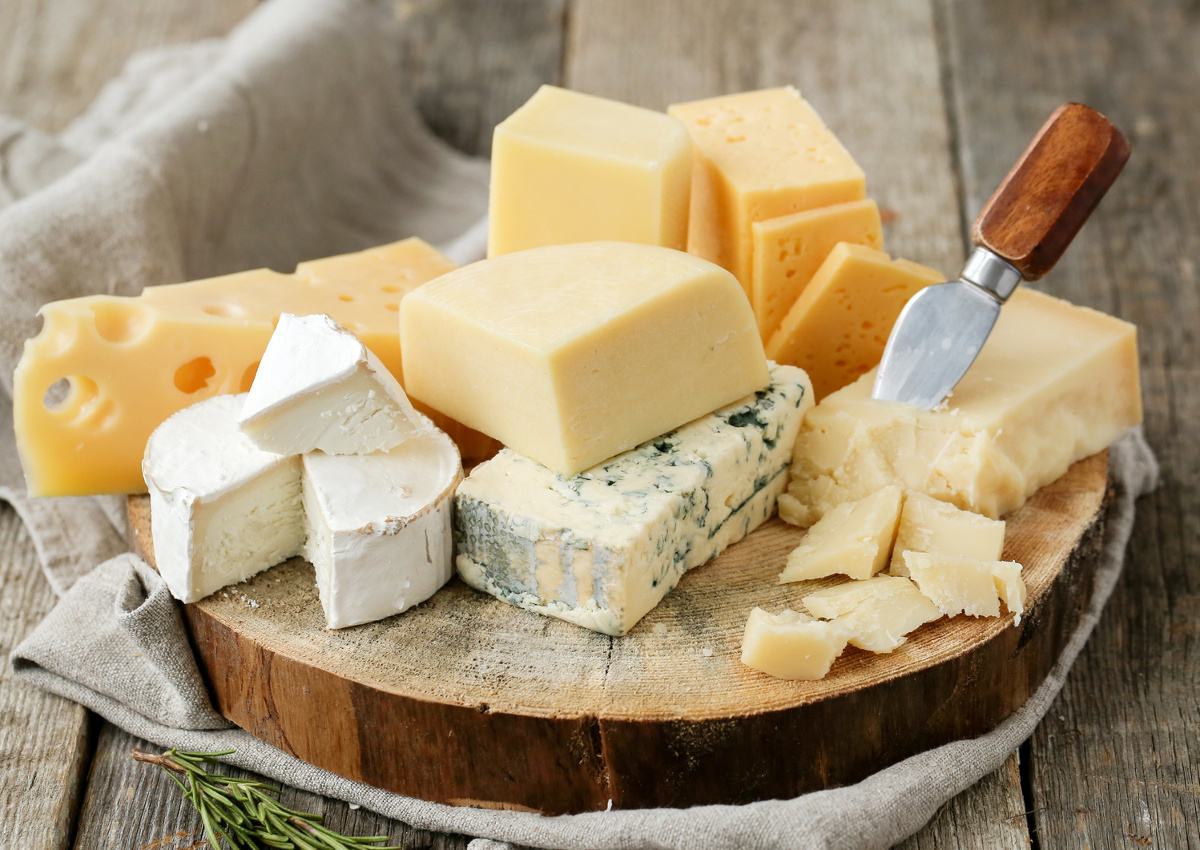
Exports in the Italian dairy sector grew by 5% in 2018, driven mainly by cheese sales which reached their all-time high. This is what emerges from an analysis by Coldiretti on Istat data for the first quarter of the year, confirmed by figures presented by Assolatte during its 73rd annual meeting in Milan. Never before has so much Italian cheese been sold abroad: at the top of the list we can find Grana Padano and Parmigiano Reggiano, which account for 21% of the total exports and guide the list of 51 Italian cheeses that have been recognised (PDO and PGI) by the European Union. Following that, we can also find Pecorino Romano, Gorgonzola and Mozzarella di Bufala Campana, all with high export volumes. The success of Italian cheese abroad is a sign of the economic recovery of the Italian dairy sector, particularly after the obligation to indicate the origin of milk on the label.
Italian sounding
Unfortunately, the most exported Made in Italy cheeses are also the most counterfeit ones. As Coldiretti says, Counterfeit Parmigiano Reggiano and Grana Padano have even surpassed original products, from Brazilian, Canadian, Australian, and American Parmesan to Argentine Reggianito. Counterfeits of all the most important Italian cheeses are widespread in all continents, favoured in some cases by the recent free trade agreements signed or under negotiation by the EU – from Canada (CETA) to the countries of South America (Mercosur), from Australia to New Zealand – which in fact tend to legitimize the falsification of the Made in Italy dairy products.
